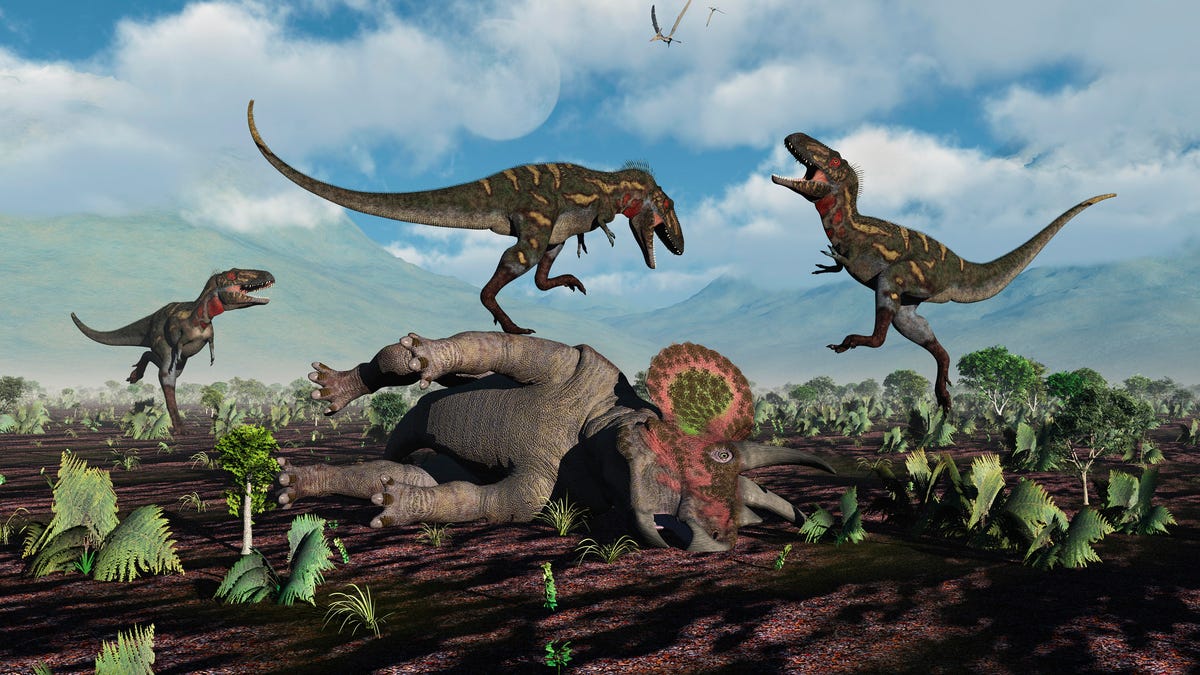Horse-size T. rex probably not real, says dream-crushing study
Counting the rings on slices of bone offers a glimpse at teenage T. rex.

"Everyone loves T. rex, but we don't really know much about how it grew up," says researcher Holly Woodward.
In 1988, controversial paleontologist Robert Bakker -- who would go on to consult for the Jurassic Park movie producers -- gave the world hope. He proposed the existence of a previously misclassified species of Tyrannosaurus rex, called Nanotyrannus, which was slightly bigger than a draft horse. In 2001, there was an in-field skirmish over the topic. Later, more research emerged that was skeptical. A new study published Wednesday appears to have dashed the hopes of anyone dreaming of a rideable T. rex. What's more likely, scientists now say, is that the tiny tyrannosaurids were just teenagers.
The study details how the research team sliced samples of fossilized bone thin enough to let light pass through, and peered at them with high-powered microscopes to count their rings -- like you might count the rings on the cross-section of a tree. By measuring the size of the blood vessel openings, researchers were able to determine their dinosaur subjects were still in a phase of rapid growth at the time of their death. Led by Oklahoma State University's Holly Woodward, the study appears in the journal Science Advances.
"The really cool thing about fossil bones is that a whole bone fossilizes even down to the microscopic size," Woodward told the AFP. "We can infer growth rate, age (and) maturity level … Everyone loves T. rex, but we don't really know much about how it grew up."
The study adds to scientific knowledge of the dinosaur's 20-year egg-to-adulthood growth span, but gleaning more insight is difficult, Woodward said. Only five to seven fossils of young T-rex dinosaurs are known to exist in the world, and some of those are in private collections not accessible to researchers.

